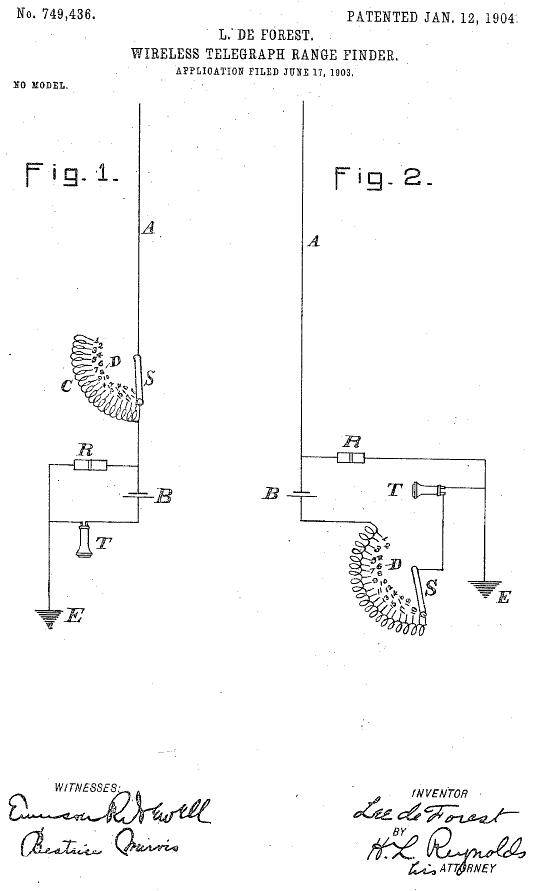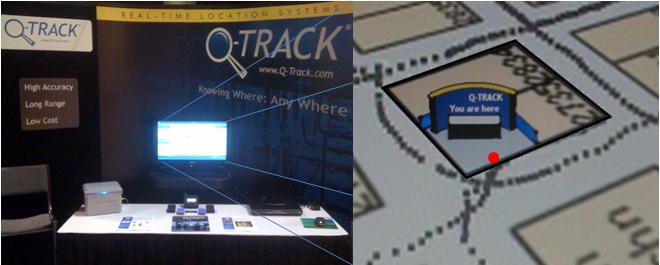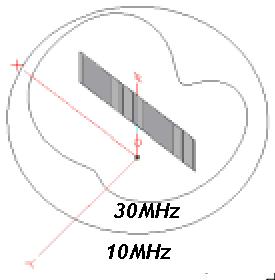A prolific inventor, Lee de Forest not only invented some of the first direction finding (DF) antenna systems, but also deserves the credit for having invented the first RF ranging system. Realizing that signal strength declines with distance, de Forest proposed inserting a variable resistor into the RF circuit to enable a measurement of signal strength. Given a previously determined table of signal strength versus range, the range may be determined from this measurement of signal strength. [[1]] The Figure shows two embodiments of de Forest’s 1904 “Wireless range finder.”

As a matter of history, de Forest was the first to implement amplitude based ranging. Practically speaking, de Forest’s invention was little noted and soon forgotten, not to be cited as prior art by another inventor for a century.
De Forest later proposed using variable capacitance or inductance to gauge signal strength. I am skeptical this would work as claimed. In principle, one could simultaneously vary L and C so as to maintain the same product (and thus the same resonant frequency) but vary the Q (which depends on the ratio of L/C) to measure amplitude. In practice, it would be a tricky approach to implement, and there is no indication de Forest actually used this technique. More likely, this is another case of de Forest patenting every stray inspiration without bothering with the perspiration necessary to reduce it to practice. [[2]] In 1916, de Forest proposed an audio indication of signal strength using different tones to denote different ranges in a signal strength or amplitude ranging system. [[3]]
[[1]] Lee de Forest, Wireless telegraph range finder, US Patent 749,436, January 12, 2004.
[[2]] Lee deForest, Art of wireless telegraphy, US Patent 758,517, April 26, 1904.
[[3]] Lee deForest, Range teller, US Patent 1,183,802, May 16, 1916.



